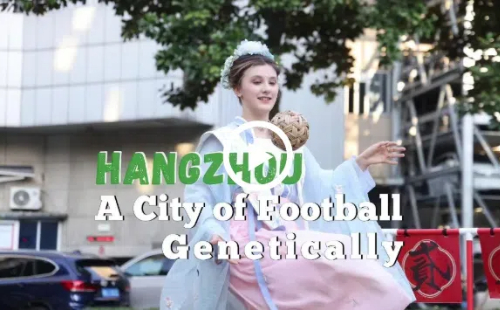Winter solstice sacrifice in Sanmen

A grand sacrificial ceremony to mark the winter solstice in Yangjia village, Sanmen county, Taizhou, East China's Zhejiang province. [Photo provided to chinadaily.com.cn]
The traditional Chinese lunar calendar divides the year into 24 solar terms. The winter solstice (Chinese: 冬至), the 22nd solar term of the year, marks the arrival of the coldest season.
On the first day of the winter solstice, the Northern Hemisphere experiences the shortest day and the longest night of the year, as the sun shines directly at the Tropic of Capricorn. From then on, the days become longer and the nights become shorter.
In folk culture the winter solstice is special. As an old saying goes, "The winter solstice is as important as the Spring Festival.”
Each year, a winter solstice sacrificial ceremony with a 700-year-old history is staged in Yangjia village, Sanmen county, Taizhou, East China's Zhejiang province.
The ceremony primarily consists of offering sacrifices to Heaven and family ancestors, drama performances and banquets showing respect to the village elders.
A day before the winter Solstice, the Yang clan go to Longtan Lake to fetch water, as it is believed that it carries the auspicious meaning that its descendants will be endless like the flowing water.
The grand ceremony of the winter solstice sacrifice in the county reflects people's reverence for nature and family. It was listed on the national intangible cultural heritage list in 2014.





 play
play